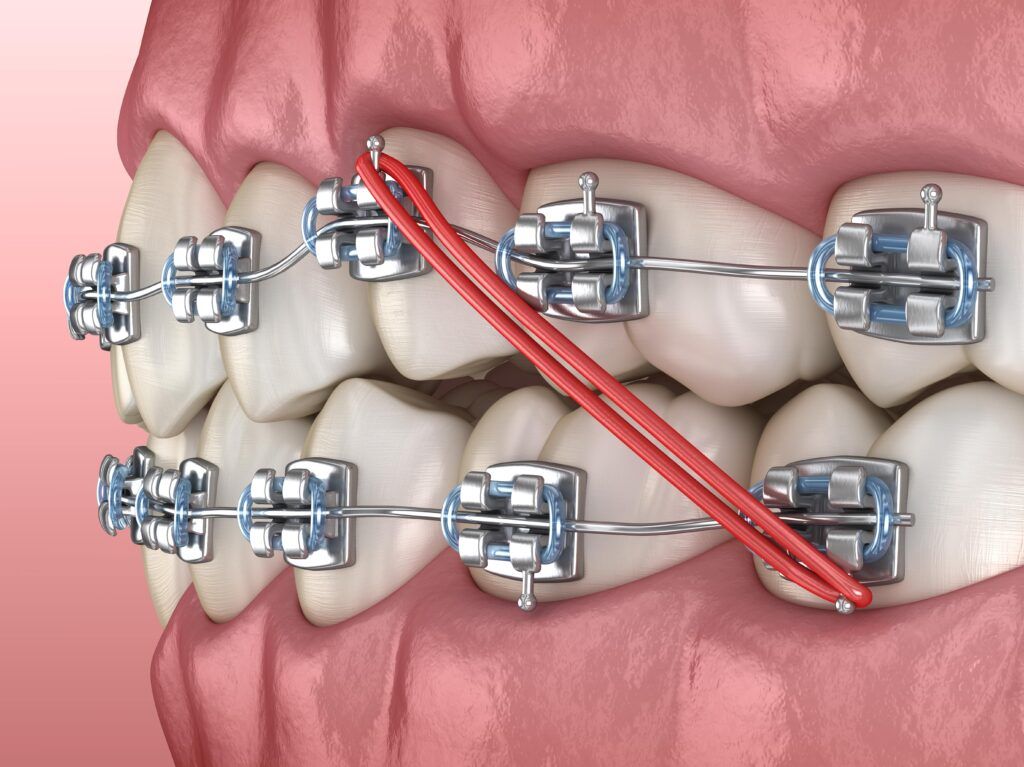Comprehensive Overview to Orthodontics Treatments for Fixing Dental Imbalances
In the realm of orthodontics, the trip to accomplishing a flawlessly aligned smile includes a myriad of treatments customized to fix dental imbalances. From traditional braces to unseen aligners and also surgical options, the field of orthodontics uses an array of solutions to resolve differing levels of dental irregularities. Understanding the ins and outs of each treatment, including their systems, advantages, and potential drawbacks, is important in making educated choices concerning one's orthodontic treatment. As we navigate with the detailed overview to orthodontic treatments for remedying dental imbalances, the complex information of each approach will certainly unravel, dropping light on the path toward a functional and harmonious oral placement.
Orthodontic Procedures Summary

Routine modifications and tracking are vital components of orthodontic therapy to make certain progress is on track and to make any type of needed modifications along the method. By undertaking orthodontic treatments, clients can not just attain a straighter smile however likewise improve their general oral wellness and feature.
Traditional Dental Braces: Exactly How They Function
When taking into consideration orthodontic therapies for oral misalignments, conventional braces stick out as a reliable approach for dealing with teeth positioning. Traditional dental braces contain braces, cables, and bands that function together to use constant pressure on the teeth, progressively moving them right into the preferred positioning. The brackets are connected to the teeth using an unique adhesive, and the wires are threaded via the brackets. By changing the stress of the cords, orthodontists can manage the instructions and force used to each tooth, directing them into proper positioning over time.
As pressure is applied to the teeth through the braces, the bone surrounding the teeth is improved to sustain the brand-new tooth positions. Clients will need routine changes at the orthodontist's workplace to make certain the dental braces continue to use the right pressure for reliable teeth movement.
Unnoticeable Aligners: Disadvantages and pros
These clear, tailor-made trays are practically invisible when put on, making them an enticing option for people seeking a more visually pleasing orthodontic treatment. People can eliminate the aligners before consuming or brushing their teeth, lowering the danger of food getting stuck in the device and simplifying the cleaning procedure.

Surgical Orthodontic Options
Surgical interventions in orthodontics present feasible choices for resolving intricate oral imbalances that may not be effectively settled through conventional orthodontic treatments. While invisible aligners and conventional braces can deal with several orthodontic concerns, certain instances call for medical treatment to attain optimum outcomes. Surgical orthodontic choices are normally suggested for severe malocclusions, significant jaw disparities, and cases where the underlying bone structure requires modification to achieve correct positioning.
One typical surgical orthodontic procedure is orthognathic surgical procedure, which includes repositioning the jaws to correct practical issues such as trouble click for info talking or eating. This surgery is frequently performed in cooperation with an orthodontist that helps straighten the teeth before and after the procedure. Surgical orthodontics might also entail procedures to expose influenced teeth, remove excess periodontal tissue, or improve the jawbone to produce an extra harmonious face profile.
Prior to taking into consideration surgical orthodontic alternatives, clients undertake a detailed examination to determine the requirement and prospective advantages of such interventions. aligners. While surgical procedure may appear overwhelming, it can substantially improve both the function and aesthetics of the smile in situations where standard orthodontic treatments fail
Retainers and Post-Treatment Care

Failing to abide with post-treatment treatment instructions can result in regression, where the teeth progressively move back towards article their initial positions. Constant retainer wear, great dental health, and normal dental check-ups are essential for keeping the results achieved through orthodontic surgical treatment and making sure the long-lasting stability of the fixed dental alignment.
Verdict
Finally, orthodontic procedures offer various alternatives for correcting oral imbalances. Conventional braces use metal braces and cables to shift teeth right into correct positioning. Unnoticeable aligners provide an even more very discreet option but might not appropriate for all cases. Surgical orthodontic alternatives are offered for more extreme misalignments. Retainers are typically used post-treatment to keep the new alignment. Generally, orthodontic treatments can effectively enhance dental wellness and aesthetic look.
As we navigate with the comprehensive overview to orthodontic treatments for correcting oral imbalances, the intricate information of each method will unravel, shedding light on the path towards a practical and unified dental placement. - invisalign
One of the most usual orthodontic treatments is the use of braces, which are composed of steel braces and wires that apply mild stress to gradually shift teeth into the preferred placement.When considering orthodontic treatments for dental imbalances, typical braces stand out as a time-tested technique for remedying teeth placing. In addition, invisible aligners may not be suitable for intricate orthodontic issues that require more significant teeth movement, as they are usually suggested for moderate to modest situations. Retainers are custom-made orthodontic devices developed to hold teeth in their fixed settings after the completion of orthodontic treatment.